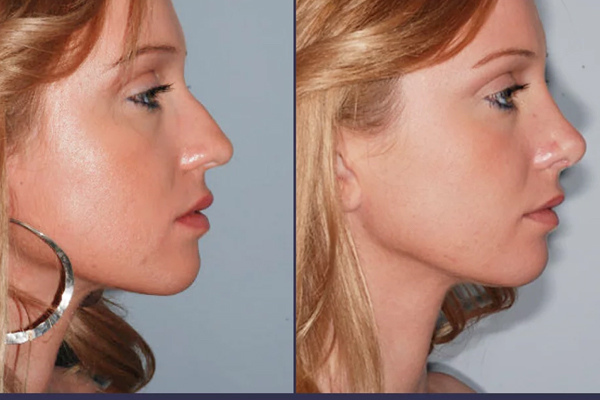Rhinoplasty
Rhinoplasty is a surgical procedure designed to reshape or reconstruct the nose, improving its appearance, proportion, and function. It can address aesthetic concerns, correct structural deformities, and resolve breathing issues.
Types of Rhinoplasty
-
Cosmetic Rhinoplasty
- Enhances the nose's appearance for aesthetic purposes.
- Corrects asymmetry, bumps, or size issues.
-
Functional Rhinoplasty
- Improves nasal function and airflow.
- Addresses breathing problems caused by structural abnormalities like a deviated septum.
-
Reconstructive Rhinoplasty
- Restores the nose's structure after trauma, injury, or illness.
-
Revision Rhinoplasty
- Performed to correct or refine the results of a previous rhinoplasty.
Common Goals of Rhinoplasty
- Change the size of the nose (larger or smaller).
- Modify the shape of the nose bridge or tip.
- Straighten a crooked nose.
- Adjust nostril size or shape.
- Improve nasal symmetry.
- Correct birth defects, injuries, or breathing issues.
Procedure Overview
1. Consultation
- Discuss goals, concerns, and expectations with the surgeon.
- Undergo a physical examination and imaging to assess the nose’s structure.
2. Preparation
- Avoid smoking, alcohol, and certain medications before surgery.
- Follow pre-operative guidelines regarding fasting and hygiene.
3. Surgery Techniques
- Open Rhinoplasty:
- Incision made on the columella (the strip of tissue between the nostrils).
- Provides better visibility and access for major reshaping.
- Closed Rhinoplasty:
- Incisions made inside the nostrils.
- Less invasive with no visible scarring.
4. Procedure Details
- The surgeon reshapes the nasal bones, cartilage, and soft tissues to achieve the desired outcome.
- Additional grafts (cartilage or bone) may be used for structural support.
5. Duration
- Surgery typically lasts 2-4 hours, depending on complexity.
Recovery Process
-
Immediate Post-Surgery
- Swelling, bruising, and mild discomfort are common.
- A nasal splint is applied to protect the nose during the initial healing phase.
-
Activity Restrictions
- Avoid strenuous activities, blowing your nose, or wearing glasses for a few weeks.
-
Healing Timeline
- Most swelling subsides within 2 weeks.
- Full results may take 6-12 months as residual swelling resolves.
Benefits of Rhinoplasty
- Enhanced facial harmony by improving nose shape and proportion.
- Increased self-confidence and satisfaction with appearance.
- Better nasal function and improved breathing.
- Correction of birth defects or trauma-related deformities.
Risks and Complications
- Infection or Bleeding: Rare with proper care.
- Asymmetry: Minor differences in shape or size.
- Breathing Difficulties: Can occur if nasal passages narrow excessively.
- Scarring: Minimal, especially with closed techniques.
- Revision Surgery: Sometimes needed for refinement.
Ideal Candidates
- Individuals in good overall health with realistic expectations.
- Adults whose facial growth is complete (usually 18+ years).
- Those seeking improvement, not perfection.



